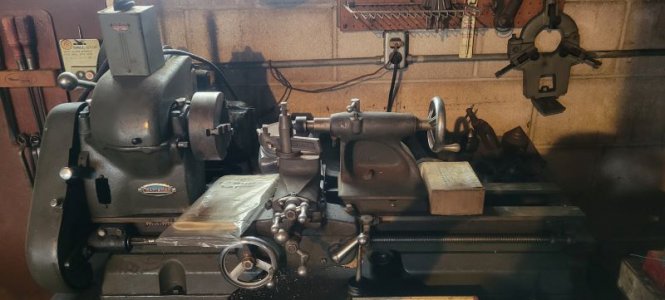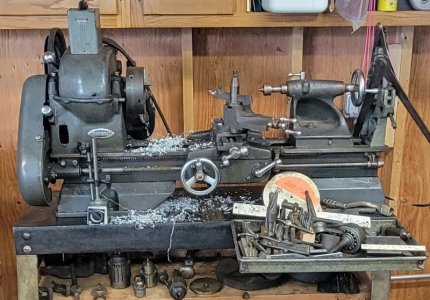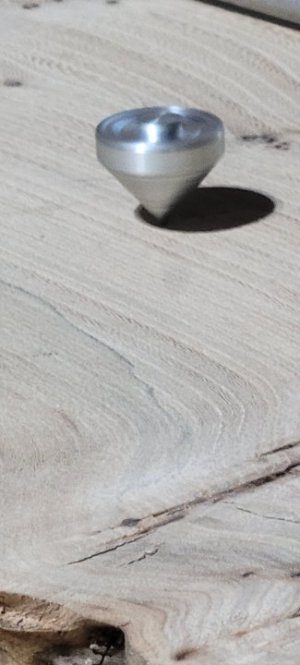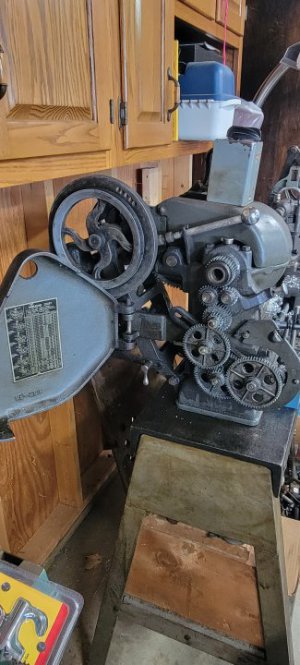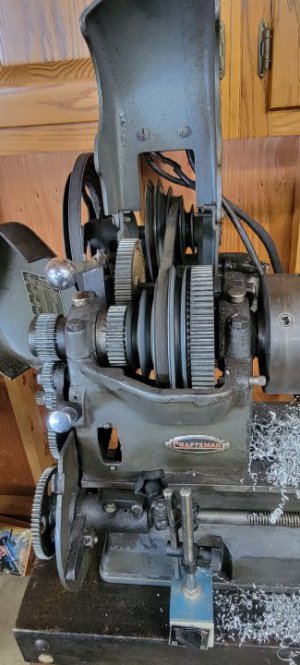Brin,
I don't recall writing such a request about anything except the Mk 2 6". But if I did, if you will tell me the thread title and post number, I will track it down and correct it.
On the subject of dates, that probably only applies to the 101.0740x and the 101.27430 and and 101.27440, and only to those made prior to about 1953. The babbit bearing models have no known way to date them other than an educated guess bases upon serial number and model number tied to the Craftsman Power Tools catalogs and which models appear in them. And the 101.07383 at least originally was a babbit bearing model.
WRT the size of your particular lathe, in the USA lathes are generally sized as Swing x Distance between centers.. Scaling one of your photos, it looks like yours is a 12x18. You can confirm this by measuring the length in inches of the front way. The conversion list is:
12x18 36"
12x24 42"
12x30 48"
12x36 54"
The distance between centers is measured with a dead center in the spindle 3MT taper (no chuck installed) and with a 2MT dead center in the tailstock ram with the ram retracted to the Zero mark and with the right end of the 10D-6 tailstock base flush with the right end of the ways.
Scaling one of your photos says that your machine is probably a 12x18 (I must have been looking at the wrong scale). This is probably the rarest size.


